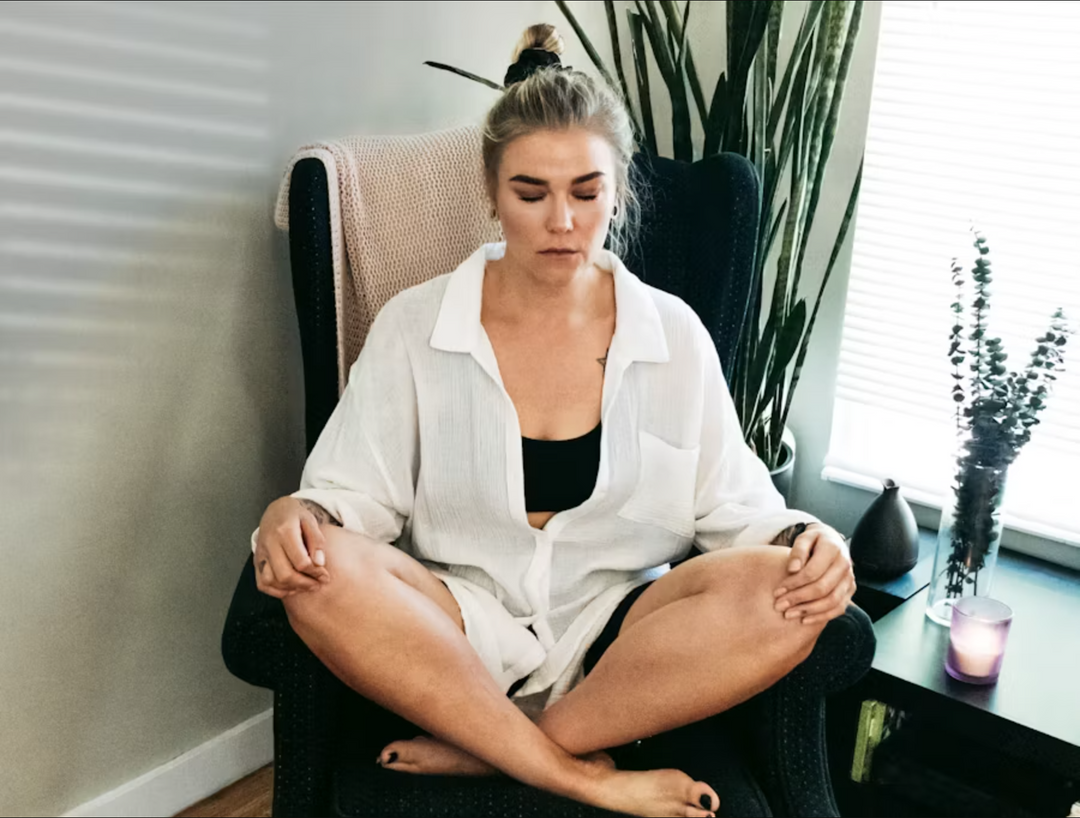
With evolving times, conventional yoga has seen the introduction of many new forms, and it can sometimes become confusing to figure out the best practice for oneself. One essential item to carry for any yoga practice is a mat bag. In this article, we will compare two popular forms: Yin Yoga and Restorative Yoga, exploring how they differ and which one is most suitable for your personal needs.
Though both are based on the same yogic foundation, each offers its own unique benefits. This article aims to provide you with crystal-clear clarity about the differences and similarities between Yin Yoga and Restorative Yoga.
Let’s dive in.
What is Yin Yoga?

Yin yoga is a slow-paced style of yoga as an exercise. It incorporates the principles of traditional Chinese medicine with the conventional Hatha yoga postures, creating a holistic system of health and well-being.
The word Yin derives its origin from the Chinese philosophical concept of Yin and Yang. It says that the universe is created due to the confluence of two contrasting and yet interconnected forces, known as Yin and Yang. While Yang is the embodiment of all the active forces, Yin represents the passive and receptive forces of the universe.
In Yin Yoga, the posture duration is usually the same as that of conventional yoga. Practicing Yin Yoga regularly helps you stimulate the subtle body energy channels known as meridians in traditional Chinese medicine, which increases one’s health and longevity.
Guided by the principles of Chinese philosophy, this is a more meditative approach to Yoga. The ultimate goal of Yin yoga practitioners is to realize inner silence, and thus merge forth into the undivided universal oneness.
What is Restorative Yoga?

As the name itself suggests, Restorative Yoga is all about relaxation and restoration. This yoga style involves using props, such as bolsters, blankets, and blocks, to support the body holding poses for a longer period of time.
The aim is to completely relax the muscles, calm the mind, and release tension in the body. Restorative Yoga is mainly beneficial for those suffering from injuries, stress, or illness and wants to restore their life to proper order again.
Practicing Restorative Yoga expedites the healing process and helps one regain mental and physical fitness. One of the most distinctive features of this form is that poses are held for a minimum of 5 minutes. Sometimes, this duration can be extended up to 10 to 20 minutes.
The long holding of the poses helps the body to recalibrate, putting every mechanism and healing process of the body in its proper place. This process also helps the mind to relax and be still, which improves one’s mental stability and well-being.
Key Differences between Yin Yoga and Restorative Yoga

Even though there are many different forms of yoga, the basic underlying philosophy and practices remain the same. They are just molded in different forms to suit specific needs. So, it sometimes becomes difficult to tell apart one form of yoga from another.
Yin Yoga and Restorative Yoga too appear quite similar on the surface. But there are some fundamental differences that set them apart. The differences are as follows:
– Different purposes
– Durations where poses are held are different
– The level of physical effort required is different
– Difference in the use of props
– The level of intensity involved is different
Let’s go through every of these differences one by one.
Purposes
The very purpose of both forms of yoga is different. Yin Yoga is mainly aimed at achieving holistic health and well-being. On the other hand, Restorative Yoga works towards restoring one’s normal lifestyle by helping them heal quicker from any illness, stress, or injuries.
It does so by releasing the tensions of body-mind and bringing the nervous system into a state of complete healing.
Pose Duration
One of the main differences between Yin Yoga and Restorative Yoga is the duration of each pose. In Yin Yoga, poses are typically held for two to five minutes, while in Restorative Yoga, poses are held for generally five to ten minutes. This helps the body to restore flexibility and also regain the usual strength and agility.
Physical Effort
Another difference between these two styles of yoga is the level of physical effort involved. Since Restorative Yoga is mainly aimed at recovering individuals, it requires little effort and it is also supported by the use of various props.
Even Yin Yoga isn’t that hard to practice and can be easily practiced by any healthy individual. However, in terms of the physical efforts required, it is definitely more demanding than Restorative Yoga.
Use of Props
As we have already discussed, in Restorative Yoga, props are used to support the body and make it easier to relax into the poses. However, Yin Yoga does not use any props and relies solely on gravity and the postures to stretch connective tissues and realize its ultimate goal.
Intensity
In Yin Yoga, the postures are generally aimed at stretching the connective tissues of the body. So, these tissues might face some strain during the practice. On the other hand, in Restorative Yoga, the body is completely supported by the use of props while holding the postures.
As a result, the body is not very strained and isn’t put under much pressure. It is also because of this reason that poses could be held for a longer duration of time in Restorative Yoga.
Similarities between Yin Yoga and Restorative Yoga

We have discussed the fundamental differences between Yin yoga vs. Restorative yoga. However, as both of them are just different branches of the same ancient tree called Yoga, they share some striking similarities which are not in form but in spirit.
Some of the most telling similarities are as follows:
– Even though their approaches and uses might be different, their ultimate objective is the same. Both styles of yoga at releasing tension and stress, ground the body, and improve the overall well-being of the practitioner.
– Both forms of yoga use the ancient Hatha Yoga postures, known as Asanas, as their base. The rest of the philosophical and methodological structure is built on this base only.
– It is mainly Restorative Yoga that uses props. However, props can sometimes be used in Yin Yoga as well, to help the practitioner hold poses for longer durations.
– In both forms, postures are held for a comparatively longer duration of time than other conventional forms of yoga.
Which is better, Yin or Restorative Yoga?

Both Yin and Restorative Yoga have their own unique benefits and it is difficult to say whether one is better than the other. It depends on individual needs, personal preferences, and what someone is looking to get out of their yoga practice.
If you are comfortable with handling a more physically demanding form of Yoga, Yin Yoga may be the way to go. It will help you achieve holistic health and complete well-being.
However, if you are looking for a more calming, relaxing, and stress-relieving experience, then Restorative Yoga is probably a better option. It is mainly aimed at healing oneself from within and without.
It is best to try both practices and see which one resonates with you better. By incorporating both practices into your routine, you can experience a well-rounded yoga practice that provides you with both physical and mental benefits.
If you have any physical limitations or injuries, you must check with a doctor before starting any yoga practice. Restorative Yoga is a great option for people with physical limitations, as the poses are performed with props such as blankets and bolsters, making them accessible for everyone. However, again, please consult your doctor before applying any physical exercise.
Does Yin Yoga Release Trauma?

Yin Yoga has been shown to have a positive effect on physical and emotional well-being. The practice of holding poses for extended periods of time can help to release physical tension and promote emotional healing.
The practice of mindfulness during Yin Yoga can also help to release any emotional or mental trauma that may be stored in the body or mind.
And this is not an isolated treatment of trauma. Rather, the main approach of Yin Yoga is that of holistic health and complete mental well-being. In the process of achieving these goals, trauma is automatically taken care of. It doesn’t require any special or dedicated effort.
However, it is important to note that while Yin Yoga can be a helpful tool for healing and releasing trauma, it should not be used as a substitute for professional therapy or medical treatment. If you are experiencing emotional distress or trauma, it is important to seek help from a health professional.
Conclusion

In conclusion, both Yin and Restorative Yoga have unique benefits and it is up to the individual to determine which practice is the best for them. Whether you are looking for a physical challenge, relaxation, or a way to release physical and emotional tension, both yoga forms offer something for everyone.
Thus, ultimately, it is more about a personal choice and preferences than about what the practices genuinely offer.





